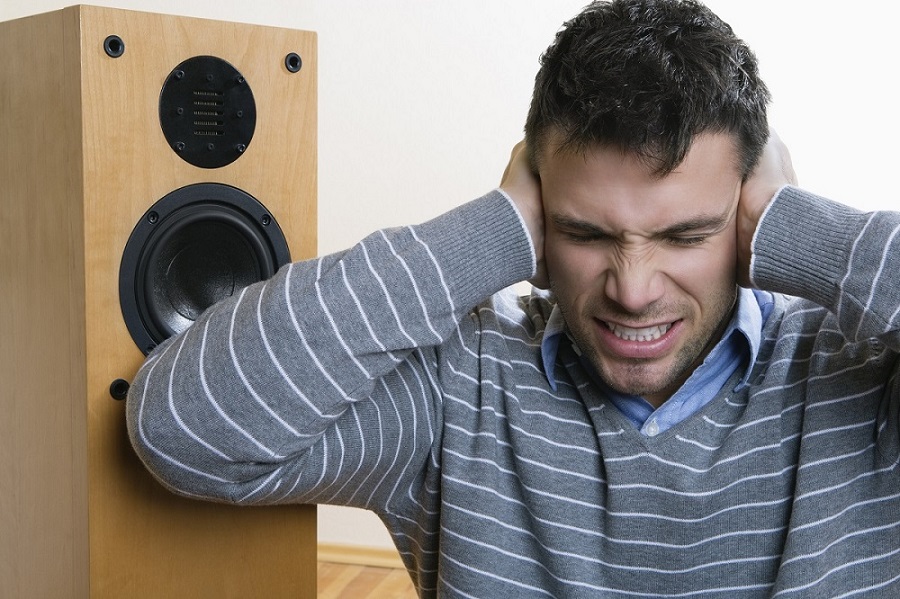Our ears are complex mechanisms which allow us to hear sounds. Sound waves travel through the outer ear, are modulated by the middle ear, and are transmitted to the vestibulocochlear nerve in the inner ear. This nerve transmits information to the brain, where it is registered as sound. This process involves a series of physical, chemical and electrical activity within our ears.
One of the most important parts of our bodies that allow us to hear are the tiny hair-like cells within the inner ear called stereocilia. They bend when sound vibrations enter the ear and pores are opened within the cells. This allows ions into the cells which creates an electrical charge to stimulate our auditory nerve so sound can be perceived. The stereocilia cells will return into a straight position once the sound stops.

However, these tiny, delicate parts of our bodies can be damaged. Loud noises are one of the most common ways that can damage the hair-like cells, which eventually leads to hearing loss.
Noise-induced hearing loss can be caused by a single exposure to a very loud sound or a long-term exposure to loud noise (or music!). The deafening sounds can damage the ability of the stereocilia to bend and limit or stop the electrical signals sent to the auditory nerves and the brain.
For your information, a normal conversation is held at about 60 decibels, but hearing only 1.5 times louder noises every day (90 decibels), can cause hearing loss to occur. So, be careful with your music!
















